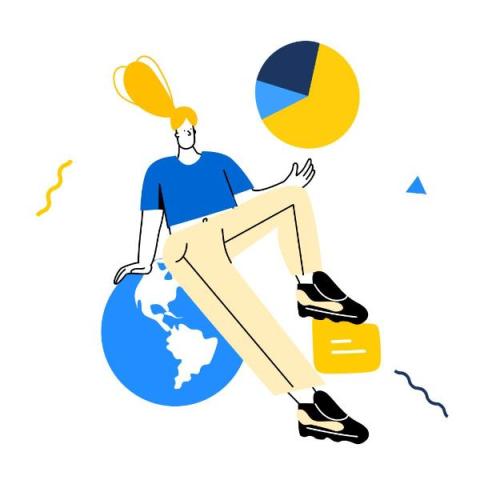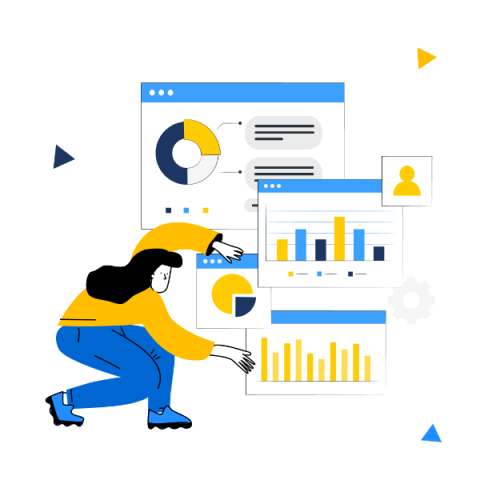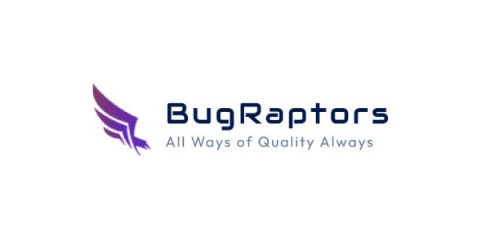Systems | Development | Analytics | API | Testing
Latest Blogs
10 Best DataOps Tools for Teams That Need to Scale Fast (Free & Paid)
Top 4 Challenges to Scaling Snowflake for AI
Organizations are transforming their industries through the power of data analytics and AI. A recent McKinsey survey finds that 75% expect generative AI (GenAI) to “cause significant or disruptive change in the nature of their industry’s competition in the next three years.” AI enables businesses to launch innovative new products, gain insights into their business, and boost profitability through technologies that help them outperform competitors.
Understanding the Benefits of Continuous Integration
In the world of software development, there is an ever-growing need for agility and speed. With competitive markets and constantly evolving user needs, organizations can’t afford to waste time on the development cycle. This is where Continuous Integration (CI) comes in as an essential tool for modern software development practices.
Snowflake Customers Rank Cost-Effectiveness and Ease-of-Use as Top Benefits in New KLAS Research Report
See why Snowflake’s healthcare customers rate the Data Cloud high in performance and cost savings. Each year, KLAS Research interviews thousands of healthcare professionals about the IT solutions and services their organizations use. Since 1996, the analyst firm has been leading the healthcare IT (HIT) industry in providing accurate, honest and impartial insights about vendor solutions and customer satisfaction metrics.
How to create an Avatar Stack using Ably and Flowbite React
Websites and apps are slowly starting to integrate more collaborative features as a means of increasing interactivity and the functionality of various use-cases. Be it a collaborative document or a chat room, one common feature is to show who else is in the space with you. Typically this’ll be done with an Avatar Stack, a collection of icons, each representing a client connected to the space.
Reasons To Implement DevOps Automation Model Into Your Business
What Is a KPI? Definition, Types, Examples and Best Practices
Have you heard this quote from Edwards Deming? – “In God we trust, all others bring data.” In today’s competitive landscape, if you’re not measuring your performance and closely analyzing each relevant data point, you’re not going to see much success with your strategies. This is the golden rule no matter what type of business you run – whether you’re a small, local jewelry store or Coca-Cola. And KPIs (key performance indicators) help us do just that.
Debugging and Diagnosing the Kong Gateway With Ease
Mastering Swift Date Operations: A Comprehensive Guide for iOS Developers
We use them to manage users’ log-in sessions, impose time-outs, display dates when content was posted and show the most recent publications to users. This is crucial to a variety of apps, from digital diaries to diet and exercise planners, and onto travel-booking resources. As our user bases become more geographically diverse, so time management gets even more important.











